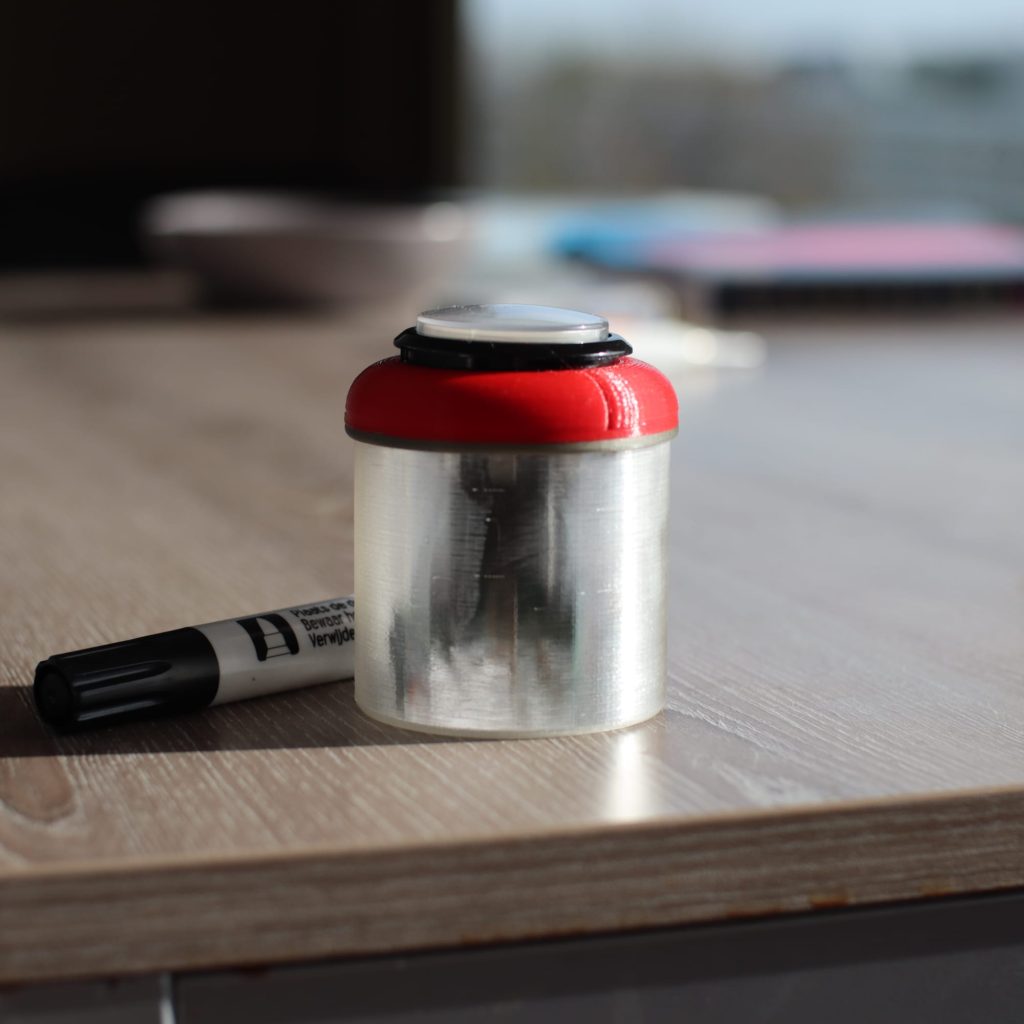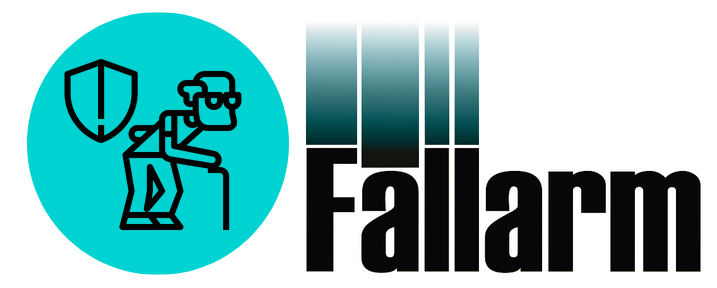FALLarm is a IoT device that tracks falls using shockwave detection. It was developed in a team for the Internet of Things USE course at TU/e, as part of the IoT for the elderly challenge.
It’s main function is detecting falls the moment they happen and alerting a caregiver whenever it is the case. The device also provides a nice interaction element with the elderly person via a specially alarm module.
My attributions in this project included programming, design of the first prototype, and design of the UX and product behaviour throughout the project.
For me, this project was an amazing opportunity to better my design, UX and prototyping skills. For the initial prototype, which was used to market our idea, I have used the full maker’s toolkit, from Arduino, electronics, 3D modelling and printing at home.
The system is split into two parts: an alarm light that tells the elder that the fall has been registered, offering a way to cancel the protocol in case of false positives and the detection device itself. The two devices communicate via simple GET requests over WiFi, with the alarm element acting as a “server” and providing interaction with REST APIs in the scope of communicating events to the caregiver.

I have designed the initial prototype of the alarm element. It features a big button over a transparent casing. As the alarm goes off, a circling red light illuminates the transparent part. If the button is pressed, therefore the alarm is cancelled, a breathing green light starts.
My design input was limited to the prototype, being replaced with a more polished design later on, as I switched focus to the implementation of the detection system. Still, my initial designs for user experience and interaction methods remained the same.
The second device that was part of the system was the shock detector itself. Early experiments with radar modules have been unsuccessful due to the poor documentation of the modules and the unreliable electrical design. In the few days before the product deadline, when only the alarm module was still developed, I have found this research paper. Our chosen hardware (ESP-32S2) would have allowed us to implement and run simple ML algorithms locally, but neither time, nor experience with embedded AI was not on our side. Still, the findings were absolutely essential in completing the final prototype, as we have discovered that the shock-wave signature of a falling human was fairly consistent across various floor types and easy to differentiate from potential other sources of shock.
The set of three courses that were part of the package have taken me through all phases of product development, from ideas and drawings, research of human-device interaction possibilities and brainstorming of feasible solutions, to actually developing the product, as a connected embedded system with data logging features at its core and polishing and iterating the interaction aspects, to economies of scale and business strategies.
